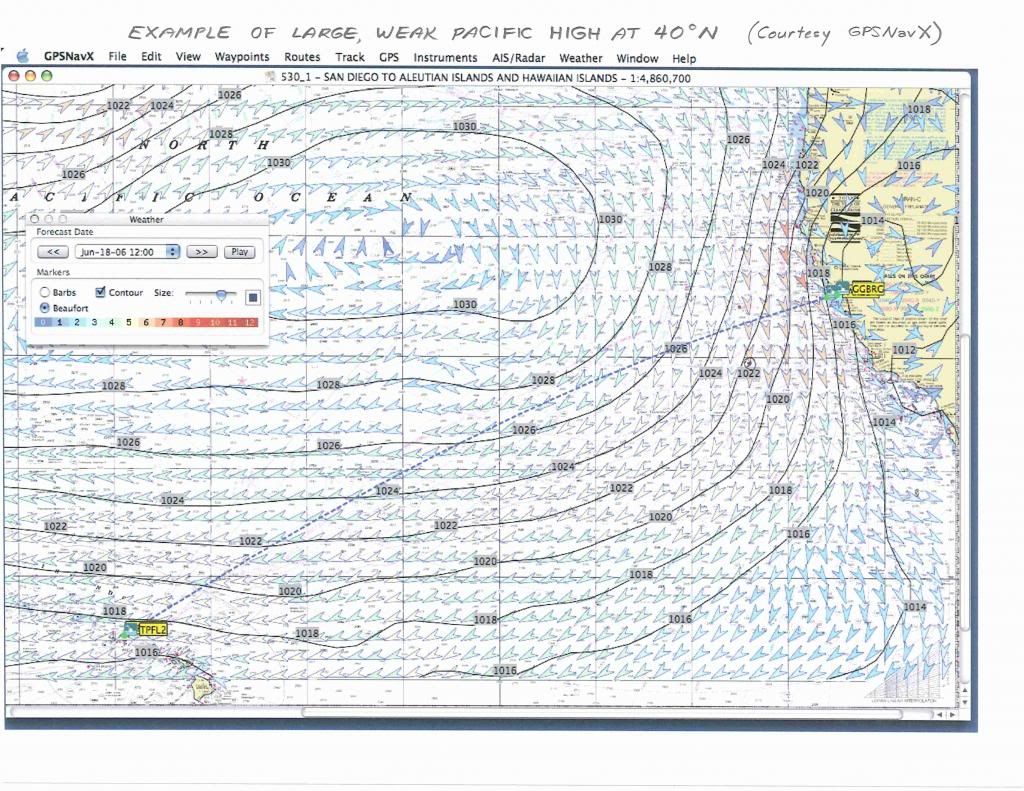standardhuman
Dana 24 "Maris"
Has anyone sailed to the Pacific Northwest after Hawaii? I would love to discuss how this changes navigation of the High relative to sailing to SF or LA.
Thanks,
Brian
Thanks,
Brian
As you can see, we have migrated our old forums to new software. All your old posts, threads, attachments, and messages should be here. If you see anything out of place or have technical questions, please take a look in
You should be able to login with your old credentials. If you have any issues, try resetting your password before clicking the Contact Us link.
Cheers - SSS Technical InfrastructureI was kidding of course (above) I've done the trip about 7 or 8 times. You could email me with any questions or we could risk boring everyone on the forum, your choice [email protected]

